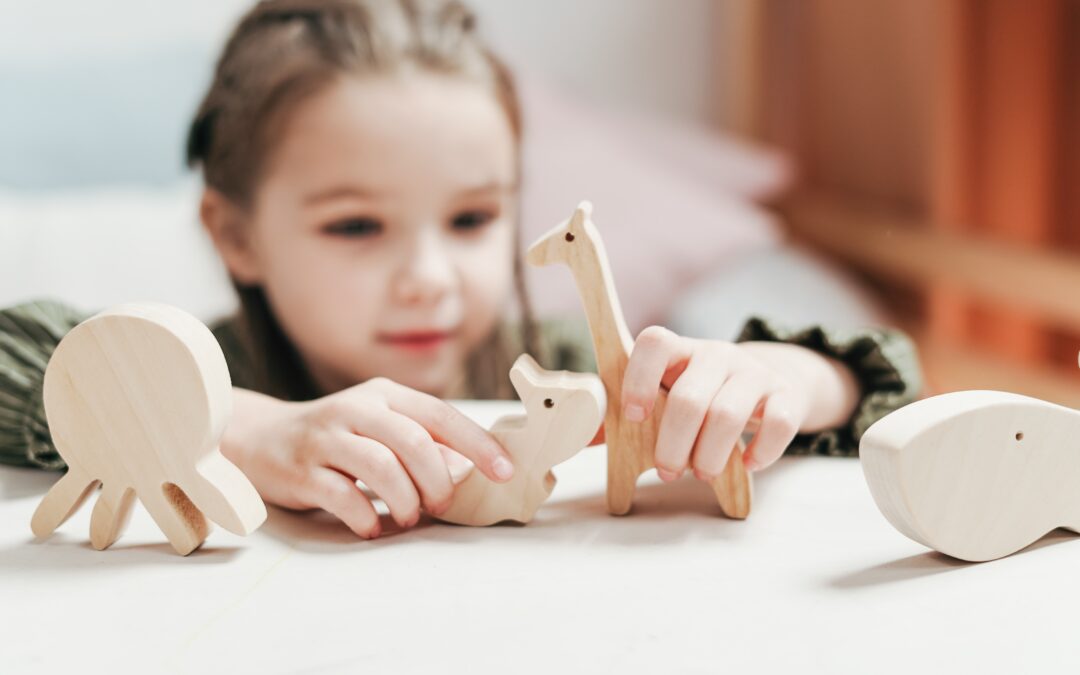Over time, toy collections can grow quickly. And it often happens that children don’t play much with their toys because they are overwhelmed by the variety. The clutter can also lead to frustration for both parents and their children. This is where toy rotation comes in very handy. The benefits of toy rotation is far-reaching for families.
What is toy rotation?
Toy rotation involves organising your child’s toys into different groups and giving your child access to only one or two groups of toys at a time. Toys can be categorised according to function (for example, creative toys or educational toys) or according to newness. Doing this has several advantages – let’s explore:
The benefits of toy rotation
- Broadens imagination
With too many toys, your child can become overwhelmed and bored quickly. Your child may also stop thinking creatively. Switching toys up makes your child think in new ways. They may search out a variety of solutions and experiment with play.
- Creates more useful space
Limiting the number of toys you pack out at one time creates more usable space in your child’s room. More open space means more room for playing games, doing arts and crafts and relaxing. A cleaner and more organised space also promotes focus and reduces stress and anxiety.
- Promotes sustained attention
Toy rotation helps to create a conducive environment to help your child sustain their attention and focus on one toy at a time. By reducing the number of accessible toys, your child can better resist the urge to flit from one toy to another.
- Teaches appreciation
Rediscovering an old toy can help your child to appreciate what they already have. This is a clever way to teach gratitude.
- Reduces the mess
Fewer toys mean fewer things to clean up. If you minimise the number of toys your child plays with, it becomes easier to see which toys go where. It also makes it much easier for your child to help out with cleaning.
- Can save you money
By cleverly rotating toys, you can spend less money on buying new ones. When there are always “new” toys in storage to play with, you won’t feel pressured to buy more toys when your child is bored.
How often should you rotate toys?
Creating a schedule is important when rotating toys. But how you create the schedule is really up to you. Toys can be changed out weekly, monthly, or even quarterly. It is essential to find a schedule that works for your family.

